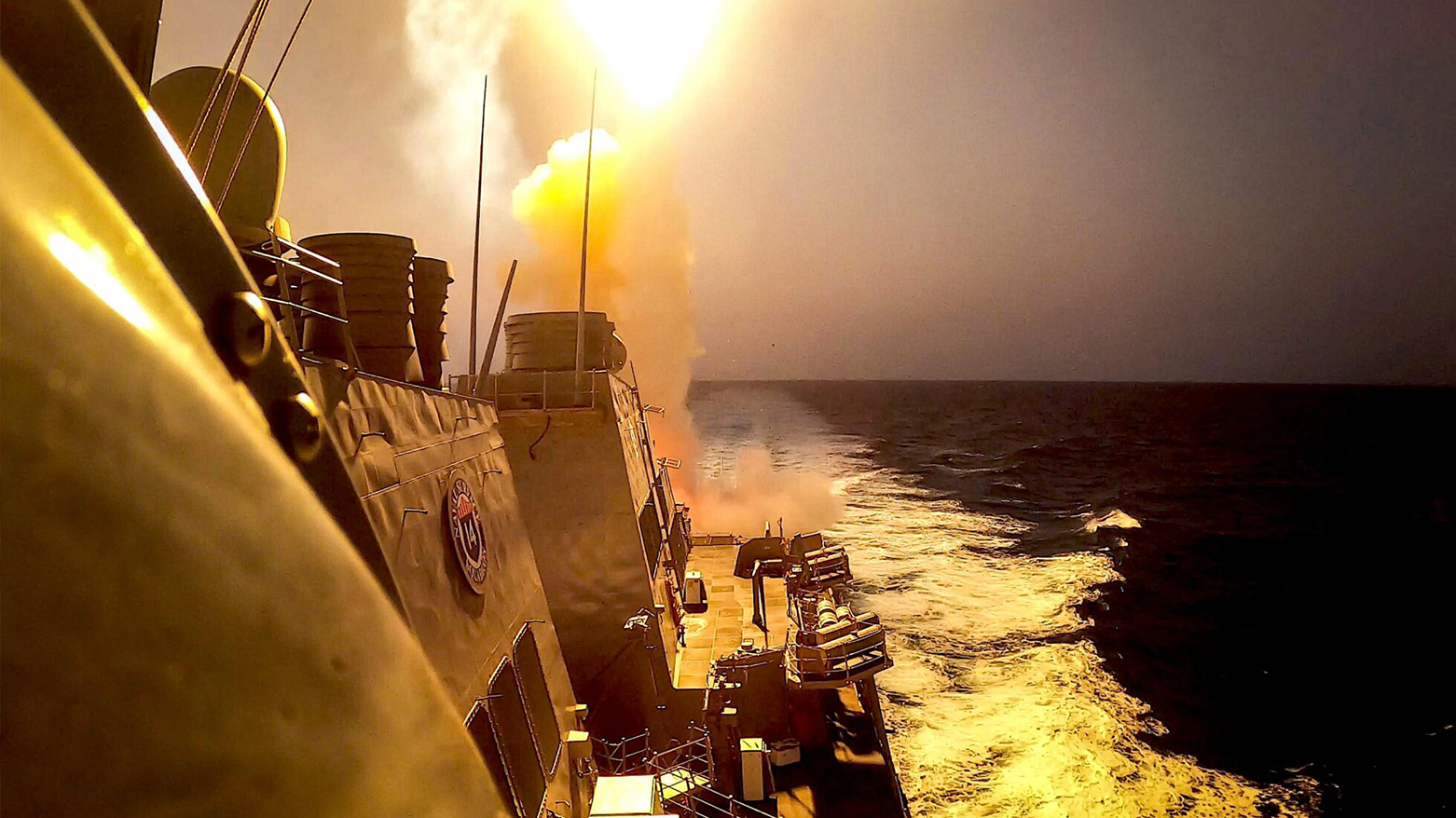U.S. Intensifies Air Campaign in Yemen with Over 20 Strikes on Houthi Military Sites
The renewed American air campaign underscores Washington’s intent to curb Houthi military influence and counter Iran’s proxy expansion in the Arabian Peninsula.

By Ahora Qadi
ERBIL (Kurdistan 24) – The United States launched a series of intensified airstrikes on Houthi military infrastructure in Yemen on Thursday, marking one of the largest aerial offensives in recent months. According to CENTCOM, more than 28 airstrikes were conducted over the span of a few hours across five Yemeni provinces, signaling Washington's deepening engagement in the volatile theater of the Red Sea region.
High-Precision Strikes Across Yemen
The U.S. airstrikes reportedly targeted military depots, missile launching facilities, and command centers belonging to the Iran-backed Houthi movement. The strikes were executed in Sanaa, Saada, al-Jawf, Marib, and al-Hudaydah governorates, hitting strategic sites associated with the group's military buildup.
CENTCOM released new aerial footage showing U.S. fighter jets deployed from the USS Carl Vinson (CVN 70) and USS Harry S. Truman (CVN 75) aircraft carriers as they launched precision strikes on Houthi positions.
In eastern Sanaa, U.S. aircraft carried out six airstrikes on Houthi weapons caches and a military camp in the Baraash area. Additional strikes targeted Jabal Nuqum, a key Houthi arms depot in the capital, where a powerful explosion was heard, likely caused by a sound bomb or secondary detonation.
A separate airstrike in the Jarraf neighborhood of northeast Sanaa struck the residence of a senior Houthi leader, highlighting the scope of the campaign against the group's leadership structure.
Targeting Ballistic Missile Capabilities
In the Mahzamet region of al-Jawf province, American warplanes launched operations against ballistic missile launch sites. These attacks coincided with reports that Houthi forces had earlier fired ballistic missiles from Mahzamet and Saqiyah, in western Hazm district, toward Israel.
In response, U.S. forces also hit Houthi military infrastructure in Tahita, a district in the southern part of al-Hudaydah province. Six more strikes targeted missile storage sites, military workshops, and personnel locations believed to be directly involved in Houthi aerial capabilities.
Broader Objectives in a Volatile Region
U.S. air power was also deployed over the Faza, Jabaliya, and Ghuwayriq areas, where key Houthi command centers and supply networks were struck. The Pentagon has yet to release a formal casualty count, but regional sources suggest significant damage to the group’s military assets.
This escalation follows a series of missile attacks launched by the Houthis targeting Israeli territory, as well as persistent threats to international shipping lanes in the Red Sea.
Strategic Implications
The renewed American air campaign underscores Washington’s intent to curb Houthi military influence and counter Iran’s proxy expansion in the Arabian Peninsula. Analysts note that the coordinated strikes across multiple provinces indicate a multi-layered U.S. strategy to degrade the group’s capacity to wage war both locally and regionally.
As tensions soar across the Middle East, particularly amid ongoing regional realignments and post-Gaza recalibrations, the Biden administration’s military posture in Yemen appears set to remain assertive.
The U.S. has pledged to defend its allies and maintain freedom of navigation in strategic maritime corridors, with Yemen now becoming a renewed focal point of this broader commitment.
Continuous 24/7 operations against Iran-backed Houthis from USS Carl Vinson (CVN 70) and USS Harry S. Truman (CVN 75)#HouthisAreTerrorists pic.twitter.com/lh5DpvdCOR
— U.S. Central Command (@CENTCOM) April 23, 2025
